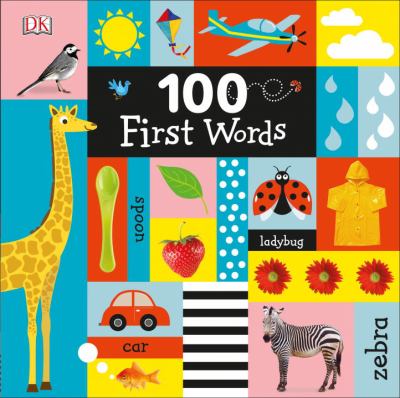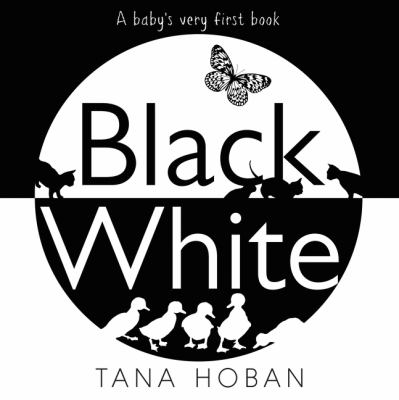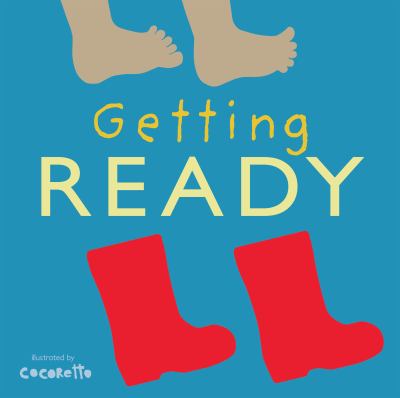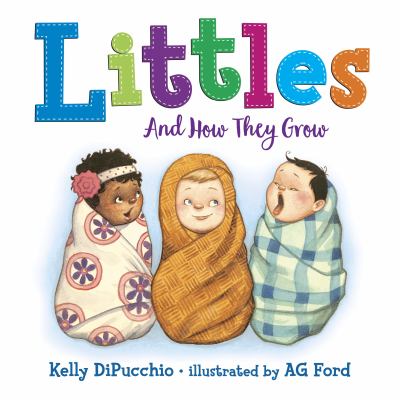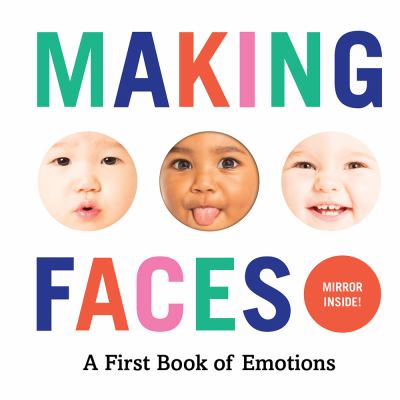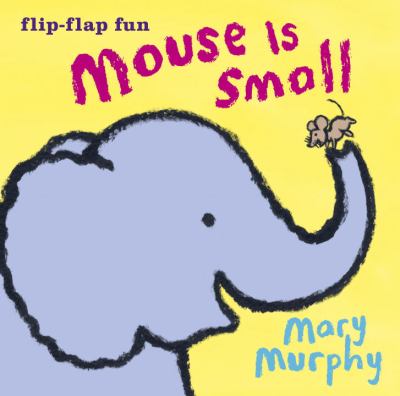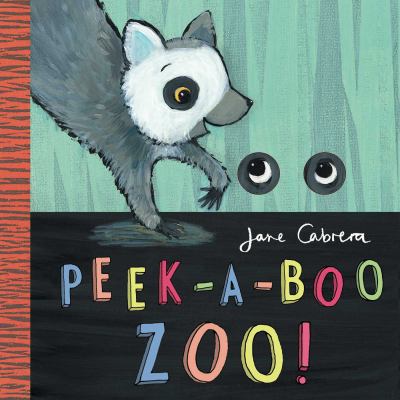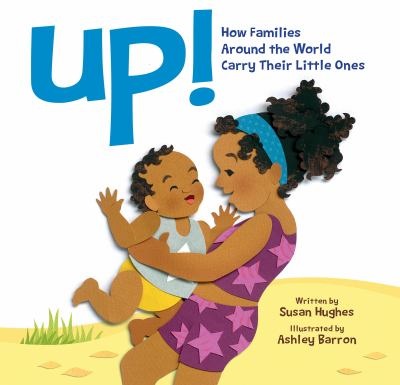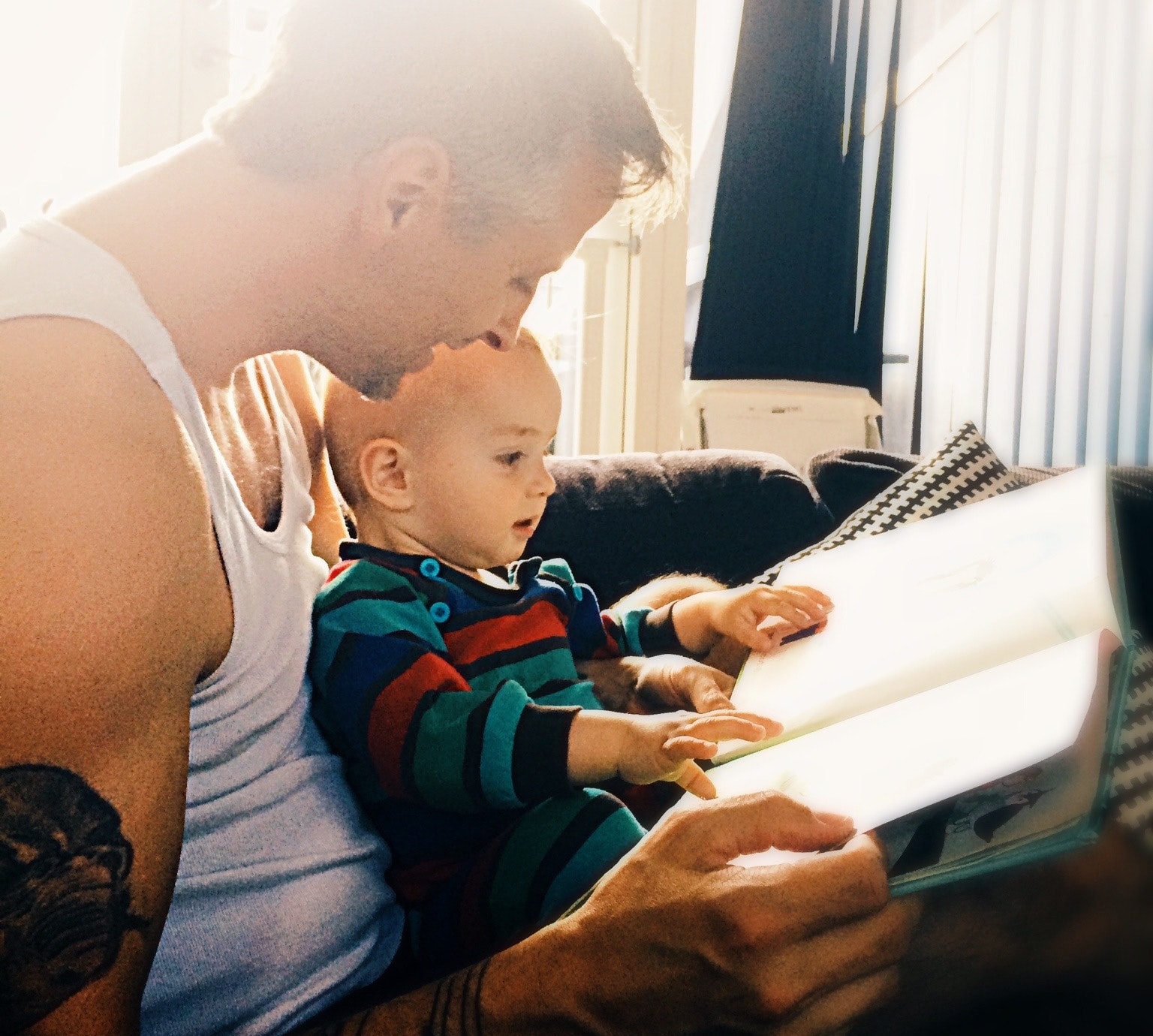
Babies love books: Here are the year’s best bets
Even if babies don’t quite understand all the words, they love cuddling up on a warm lap, looking at pictures and listening to the rhythm of language.
It’s never too early to begin reading aloud to babies. It’s a simple way to make your child smarter and have a better chance at future success. According to the 30 Million Words Project, kids who hear more than 30 million words by age 4 are better prepared for school. With 85 percent of a child’s brain developing in the first three years of life, reading together is that much more important.
But it’s fun, too, for the babies and the readers.
Every year since 2000, a panel of Pittsburgh librarians and child development experts has selected the 10 Best Books for Babies published the previous year.
The 2018 book list guarantees quality reading for babies from infancy to 18 months.
This year’s top 10 books were selected from more than 100 titles submitted by publishers, committee members and local librarians.
“The important thing is to shower your child with sounds and language, warmth and affection,” says Lisa Dennis, coordinator of children’s collections at Carnegie Library of Pittsburgh and chair of the committee. “Word by word, book by book, you’re preparing your baby for educational success and lifelong enjoyment.”
The committee considered whether the story sounded good when read aloud, and the level of reader participation and interaction. Did the text have interesting language and introduce new vocabulary? Were illustrations engaging for children?
You can judge for yourself with this list of Best Books for Babies:
100 First Words by Dawn Sirett (DK Publishing). A mix of photos and illustrations in bright colors on big, sturdy pages offers plenty of opportunities to point and say the names of body parts, clothes, toys, colors, food and pets.
El Autobús by Chris Demarest and Carlos Calvo (Houghton Mifflin). Simple phrases in Spanish and English accompany energetic, stylized illustrations in primary colors outlined in black to showcase the sights and activities of a busy urban environment.
Black White by Tana Hoban (Greenwillow Books). Animals, toys and everyday objects appear in crisp black or white silhouette in this wordless board book perfect for sharing with infants.
Cat Nap by Toni Yuly (Feiwel & Friends). Interesting perspectives and sly humor enhance the story of a playful kitten’s interactions with a tired but tolerant older cat.
Getting Ready by Child’s Play, illustrated by Cocoretto (Child’s Play International). Varying textures and bright colors make familiar objects in this board book fun to interact with and perfect as a springboard for conversation and object identification.
Littles: And How They Grow by Kelly DiPucchio, illustrated by AG Ford (Doubleday Books for Young Readers). Bouncy rhyming text and plentiful illustrations catalog the ways that babies are loved, fed and cared for by all kinds of parents and families.
Making Faces: A First Book of Emotions (Abrams Appleseed). Clear, engaging photographs of a group of expressive babies are paired with text that encourages listeners to identify individuals and mimic the emotions displayed; a mirror on the last page allows babies to see themselves.
Mouse Is Small by Mary Murphy (Candlewick Press). Shaped pages flip easily, simply drawn animals are cheerful and charming, and changing background colors add interest, making this brief board book an engaging first narrative for little listeners.
Peek-A-Boo Zoo! by Jane Cabrera (Little Bee Books). The familiar game takes on an exotic appeal as a ring-tailed lemur plays peekaboo with a variety of other animals; clever die-cuts and interesting patterns enhance the simply composed paintings.
Up!: How Families around the World Carry Their Little Ones by Susan Hughes, illustrated by Ashley Barron (Owlkids Books). Cut paper collage illustrations give a three-dimensional feel to pictures that show babies in a variety of countries being toted by parents, siblings and other relatives.
